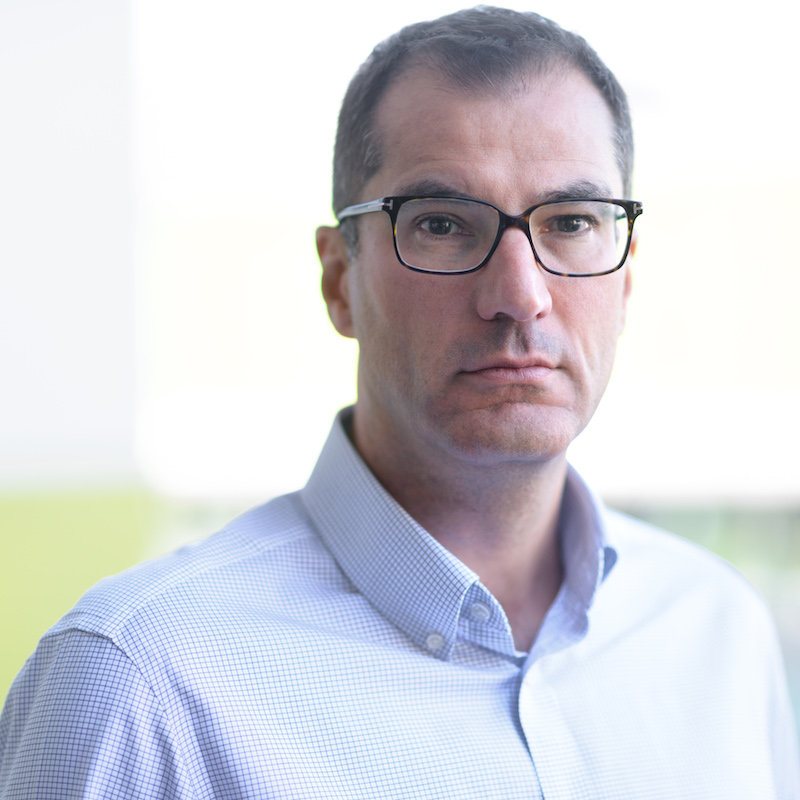Q&A: KPMG’s Global Head of Communications talks to us about using effective thought leadership to reach CEOs

Brian Bannister talks to us about using thought leadership to reach CEOs
Following FT Longitude’s latest breakfast seminar, one of our panellists, Brian Bannister, shared his experiences of devising KPMG’s hugely successful annual CEO Outlook programme. As Global Head of Communications, Brian holds responsibility for KPMG’s global profile and communications.
FT Longitude:
Welcome, Brian. Can we start with what thought leadership means to you?
Brian:
I think thought leadership has to have a Darwinian element to it. It has to look at the big picture, it has to be heretical and it has to challenge the conventional wisdom. If it’s not semi-heretical then it’s just industry insight. When our practitioners out in the market take good thought leadership to clients, it challenges their thinking and their beliefs. That’s when we start to see action.
FT Longitude:
The CEO Outlook has been an incredibly successful piece of thought leadership for KPMG. Can you tell us more about it and how the programme started out?
Brian:
The kernel of the idea was that there’s already a huge amount of barometer reading out there on issues specifically related to the current financial year, but there’s actually very little published on the three- to five-year view, which is the lifespan of most CEOs.
We’re really interested in CEOs because they are the major influencers in business buying decisions. Historically, however, they’ve been very difficult to access. We knew if we could get them talking about their insights, then we’d achieve our objectives.
We felt that the starting point was to try and answer the question of what’s keeping these CEOs awake at night. We strongly believed there would be some really interesting and counterintuitive insights out there to bring to light – both by geography and by sector. We knew this would give us a differentiated point of view.
FT Longitude:
It’s clear that CEOs are attracted to the CEO Outlook because it’s relevant to them, but what really makes it fascinating?
Brian:
I think it goes back to the point about thought leadership needing to be heretical. The research, findings and the story have to provide some counterintuitive insights.
Take AI, for example. Everyone is talking about it, but most CEOs haven’t got a clue what it means. I think everyone’s slightly embarrassed about it. One of the things we established with the research is that CEOs all think it will have a tremendous impact on their businesses, but they’re so nervous about AI that most of them are planning to hire, not fire. The idea that robots are going to be eating jobs in the next three to five years is wrong.
FT Longitude:
How do you measure that success in terms of building more meaningful relationships?
Brian:
When I started in PR, it was all about media share – securing headlines and column inches to demonstrate the return on investment. Charlie Sharman, our global head of marketing at the time, said: “It’s all about the 10 largest clients that we need to do more business with. If all of this means we can see five of those clients, then any media coverage you get out of this is just a bonus.” So by focusing on a few very strategic metrics rather than lots of broader brand-building KPIs, we’ve almost inverted our measurement of thought leadership.
FT Longitude:
KPMG is a huge company. Do you have any difficulties making sure that the programme is getting out to these clients? How do you manage and promote this internally?
Brian:
Our first market is our member firms. If they don’t buy into the thought leadership we produce globally, then that tree is falling silently in the woods.
Traditionally, as a business, we’ve spent 90% of our capital on the intellectual property (IP), and 10% on the delivery, and that’s where we’ve missed out. In the past, we’d publish a report, put it on a website, and then the day after it’s released everybody’s moved on to the next idea. You feel like a pain in the backside saying, “Could somebody go out and market this thing?”
To ensure this didn’t happen, we sat down with our three largest member firms to map out the thought leadership topics that most interest them. That became our first editorial panel. They need to be brought into that process, because ultimately, they’re delivering the end results. This forced our marketers and practitioners to take it to market. Every quarter we all sit down and discuss what worked and what didn’t – it’s my favourite meeting!
FT Longitude:
So what does work best? How do most people consume thought leadership? Is it all digital, or do they still sit and read the long-form report?
Brian:
Five or 10 years ago, we thought paper was dead. We assumed there was going to be this one-size-fits-all digital solution, but in reality it just gets ever more complicated.
My CFO keeps complaining to me about the cost and complexity of all of the platforms and delivery mechanisms we have to support now. Every year there’s a new piece of technology to use that isn’t quite perfect, but you need to have it all the same.
I don’t think we’ll ever really kill off PDFs. While there’s still part of the market that really wants them, we’ll keep producing them.
Click here to read our step-by-step guide to developing your thought leadership strategy
Hear Brian’s view on the future of thought leadership:
We’ll be sharing more detailed insights from our expert panel here on the blog soon. If in the meantime you’d like to find out more about how to use innovative research and content-led campaigns to achieve competitive advantage, get in touch with our team.






 Back
Back

 Book a meeting
Book a meeting
 Book a meeting
Book a meeting

